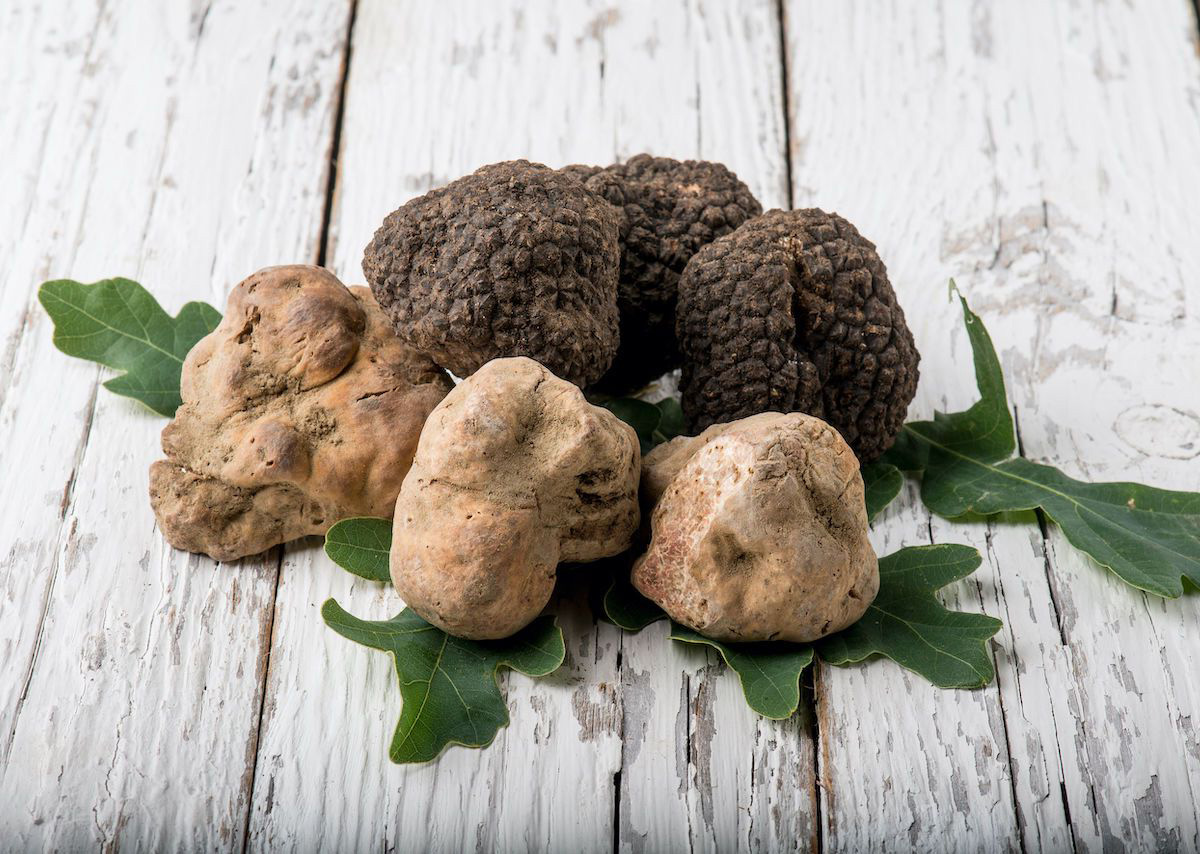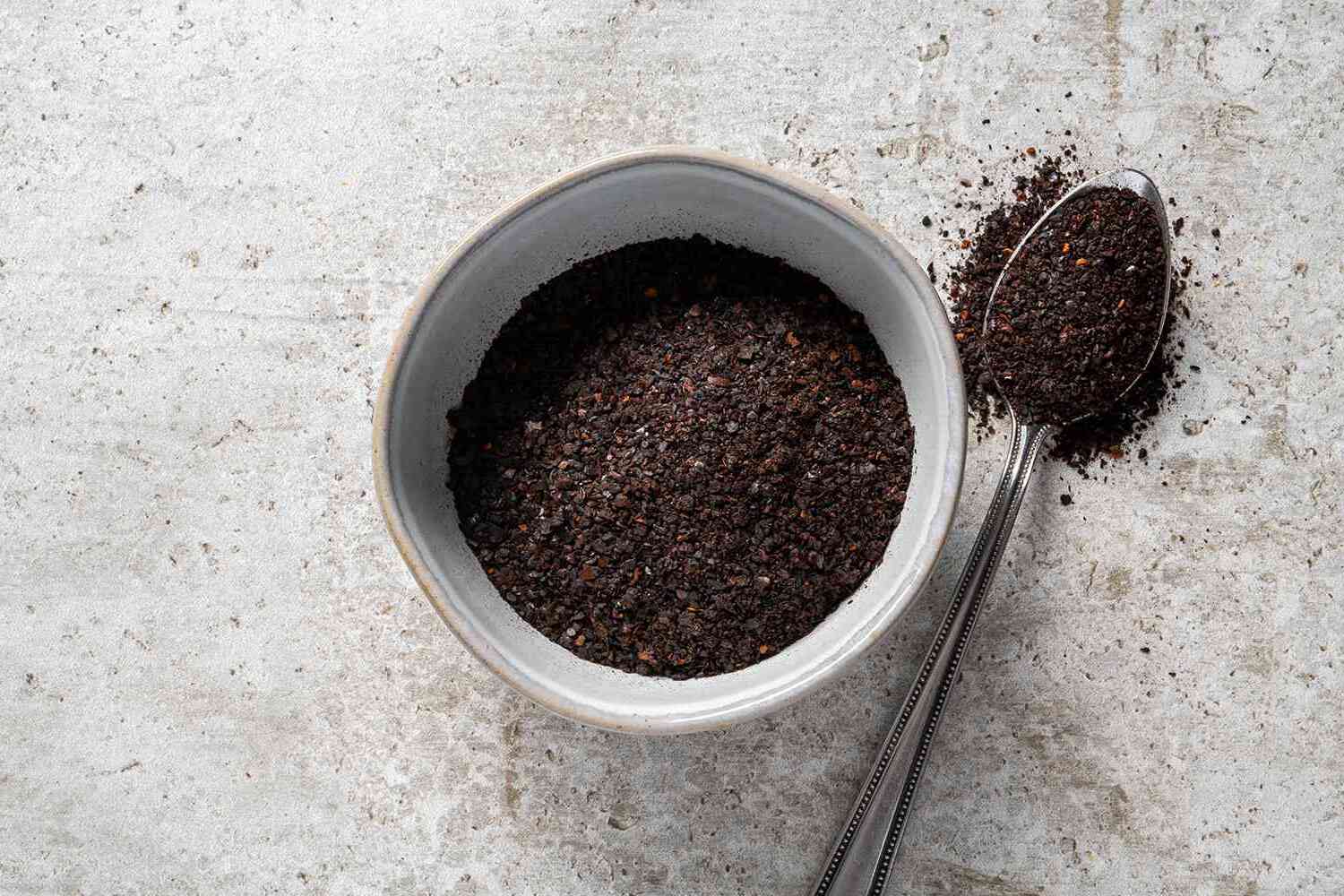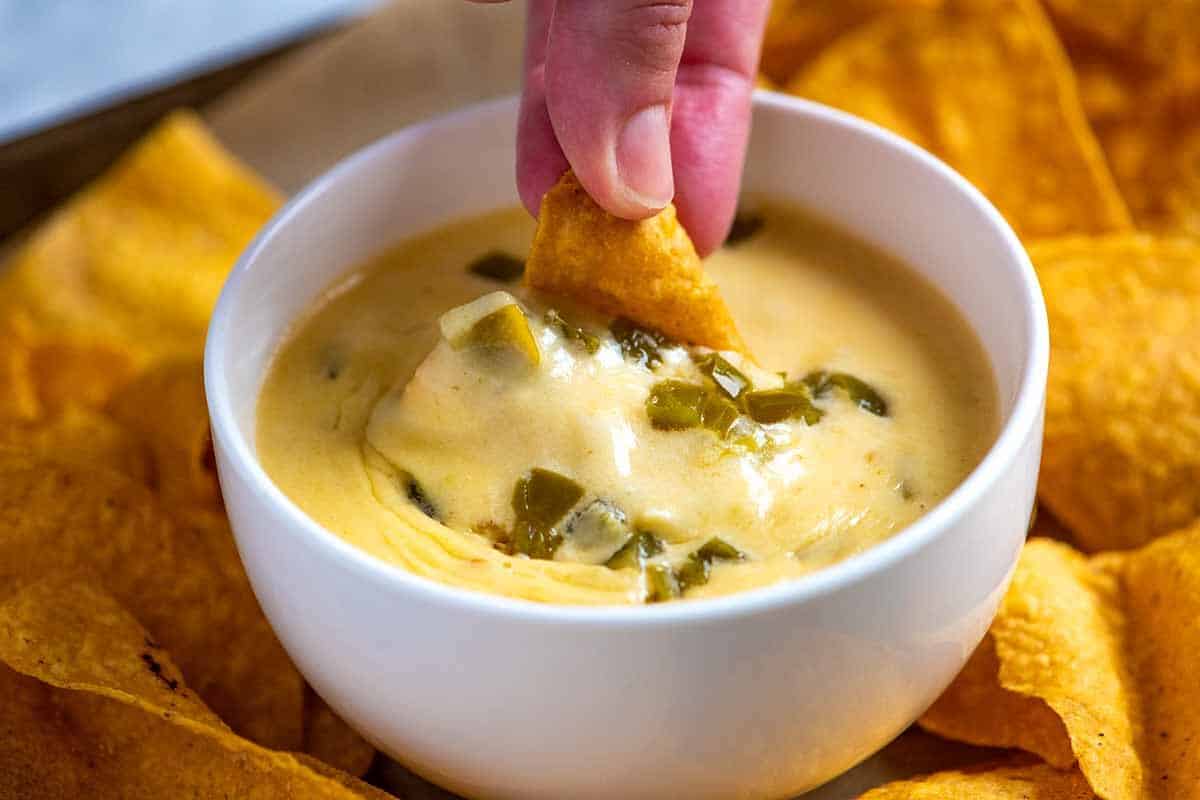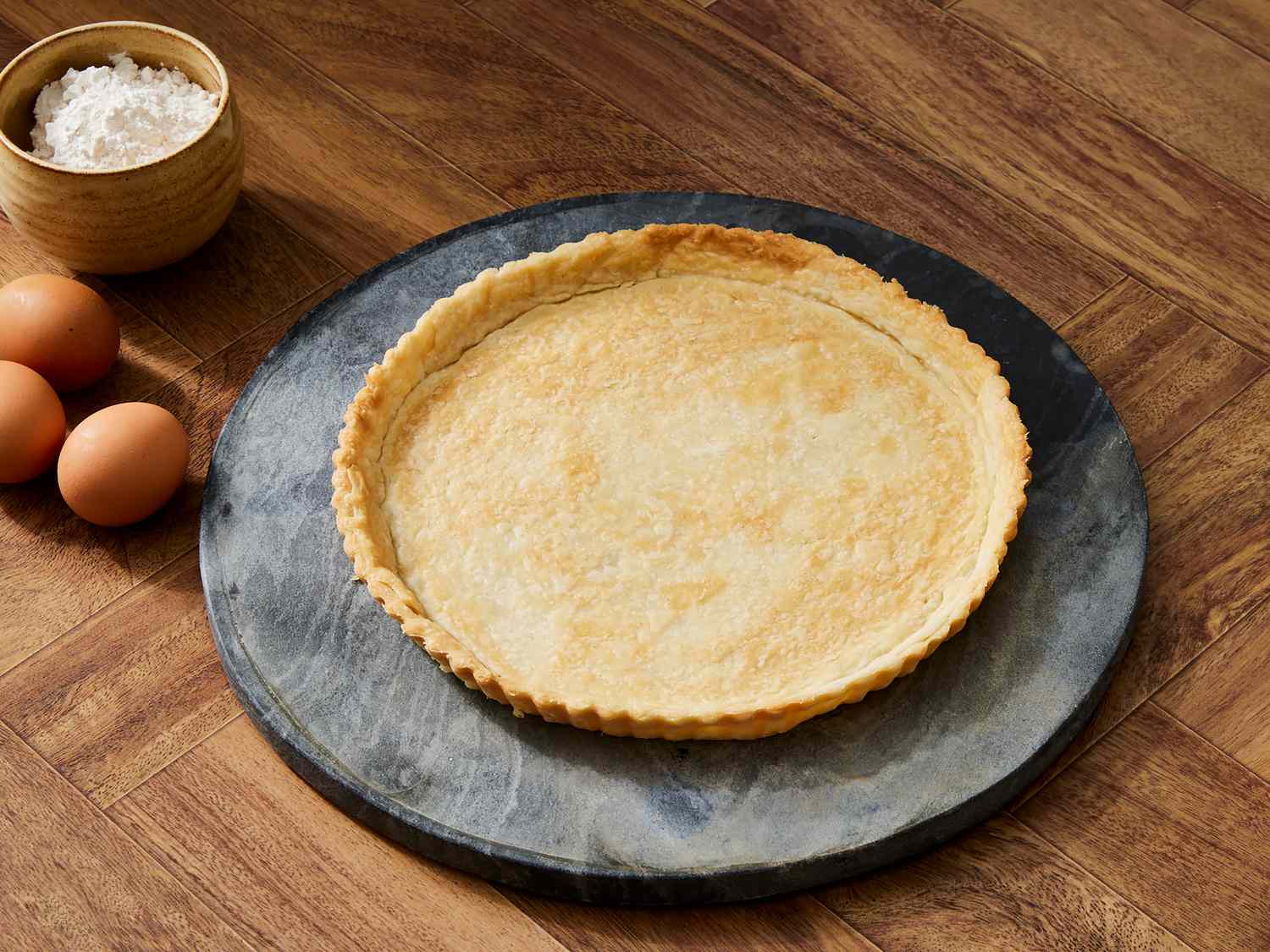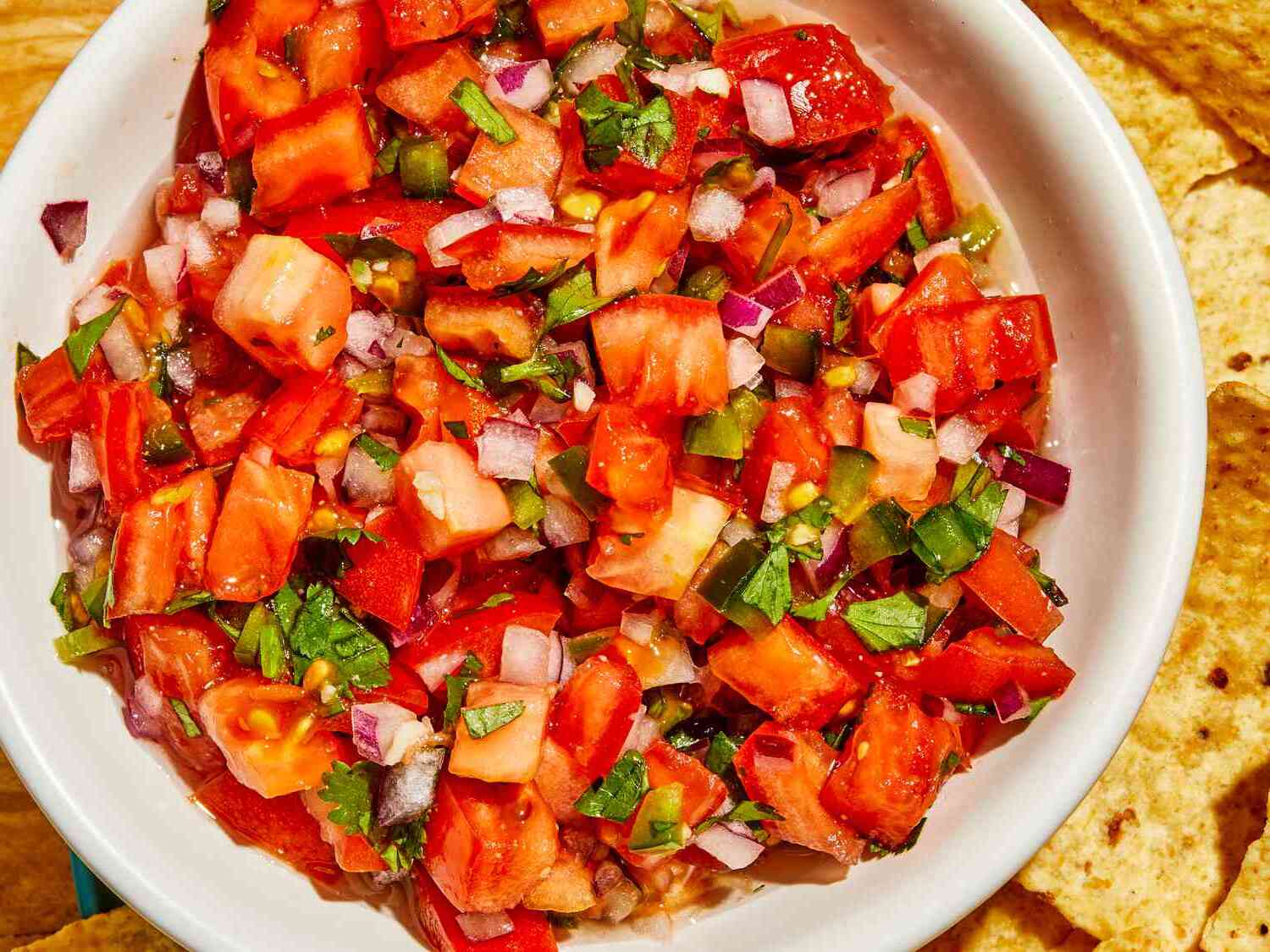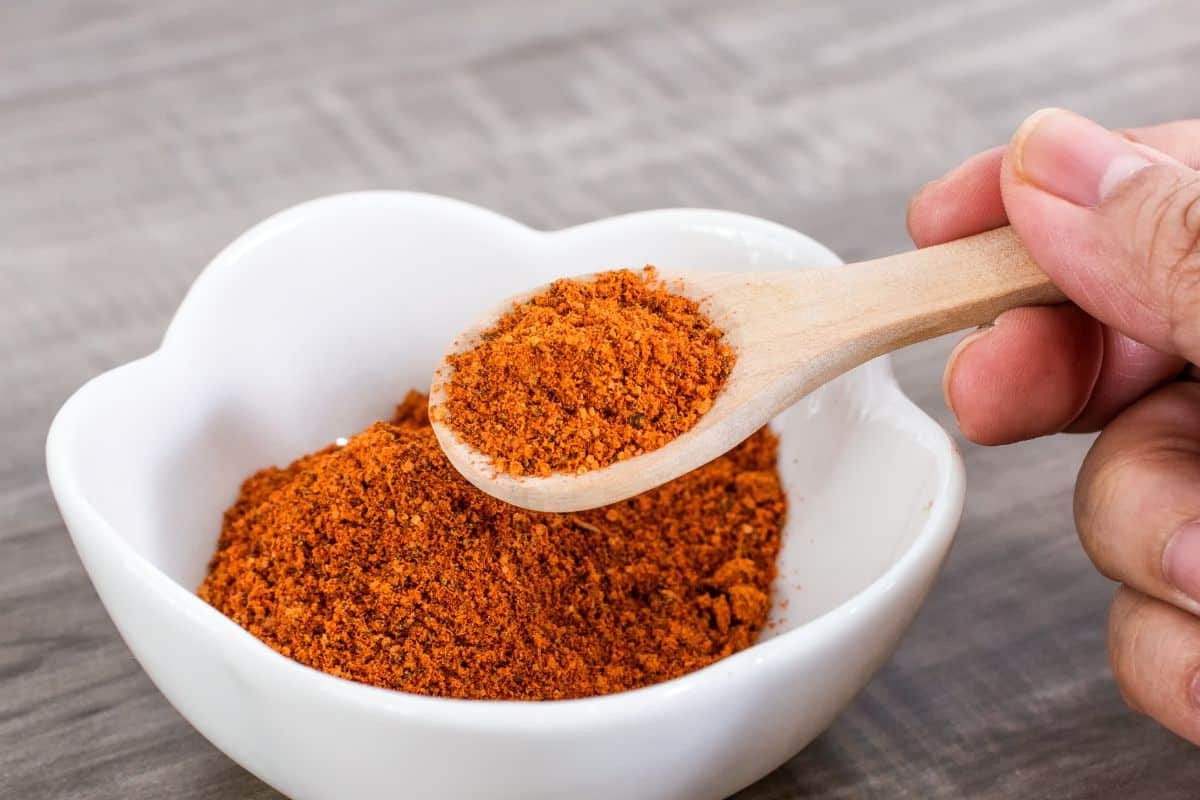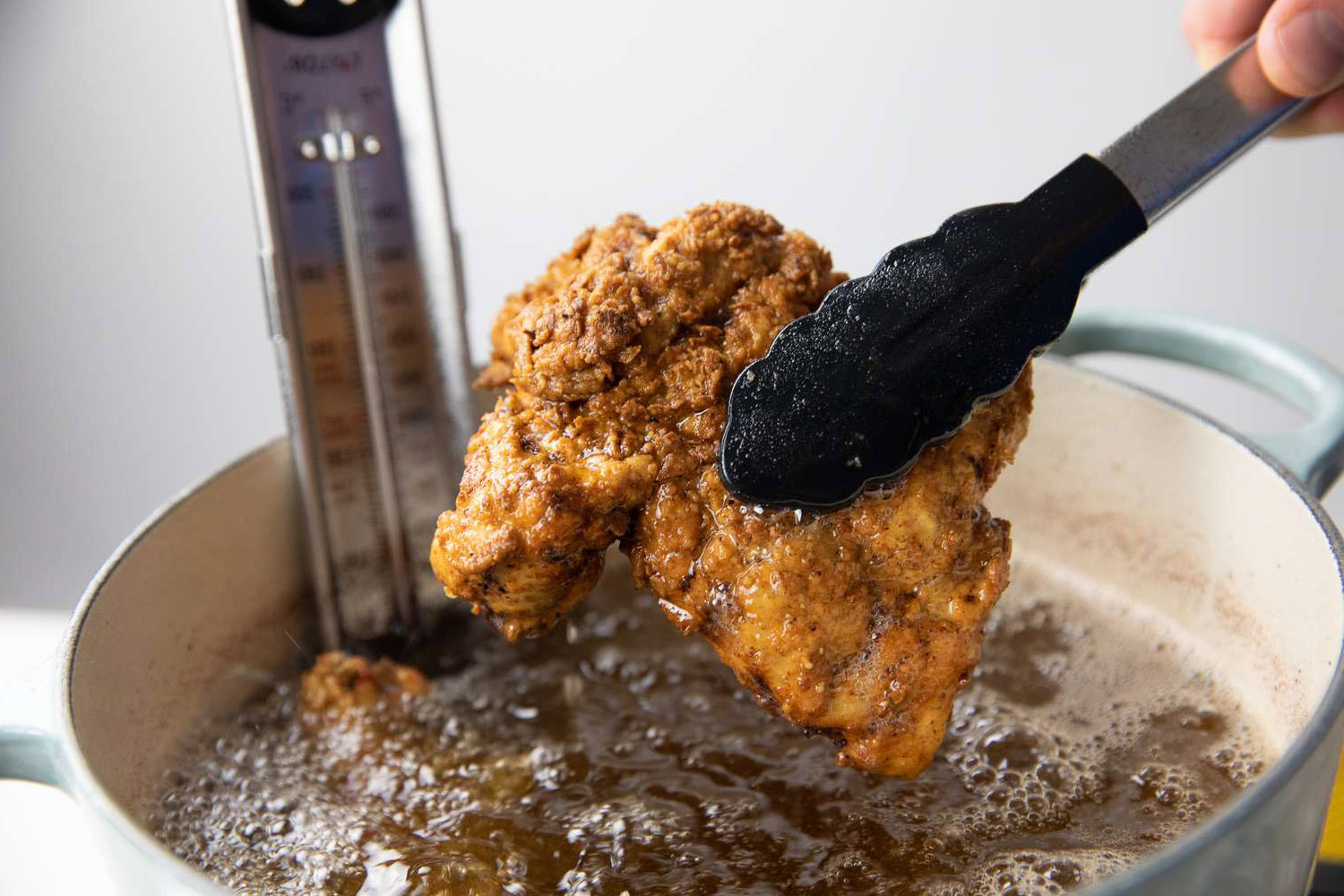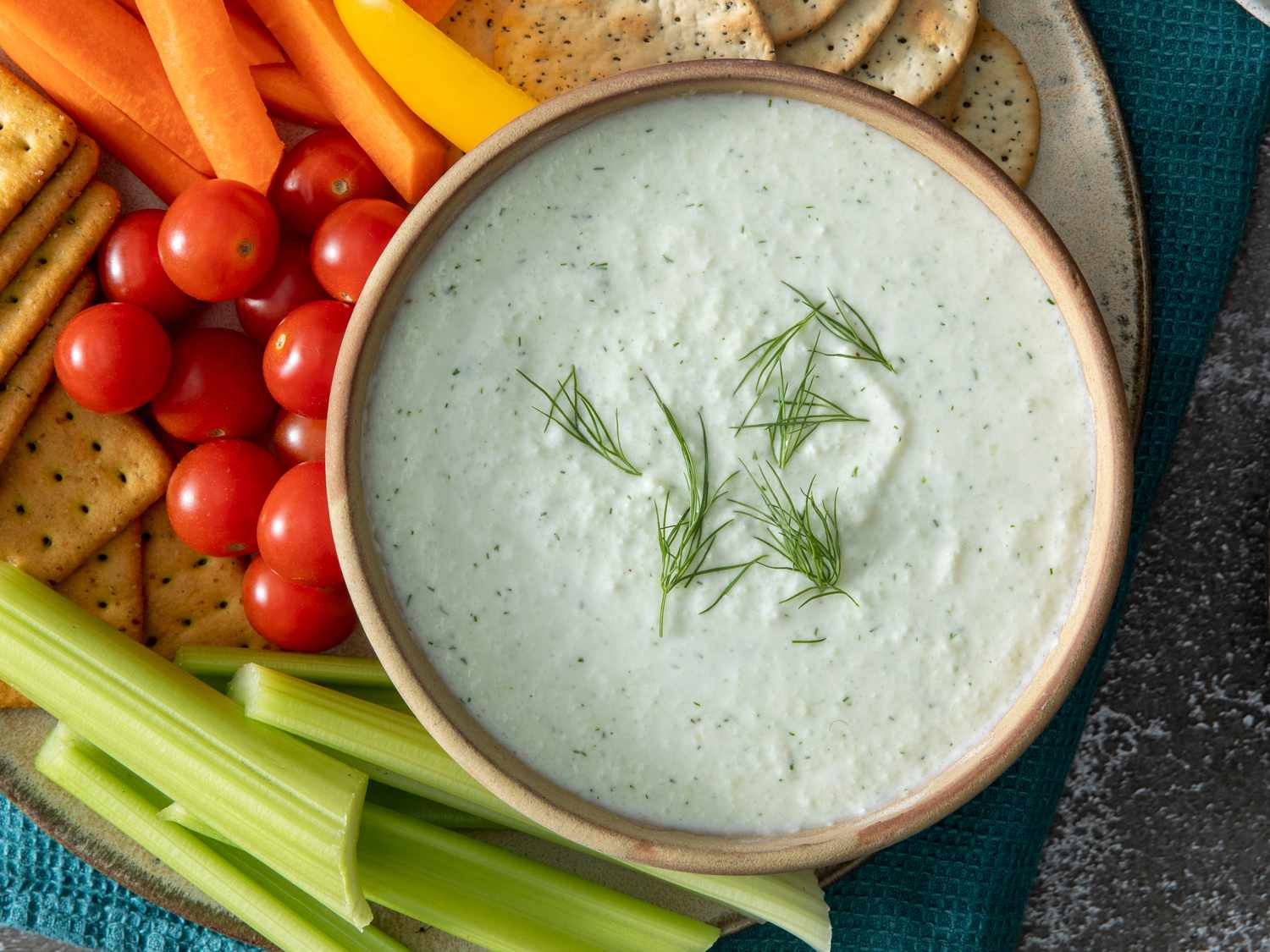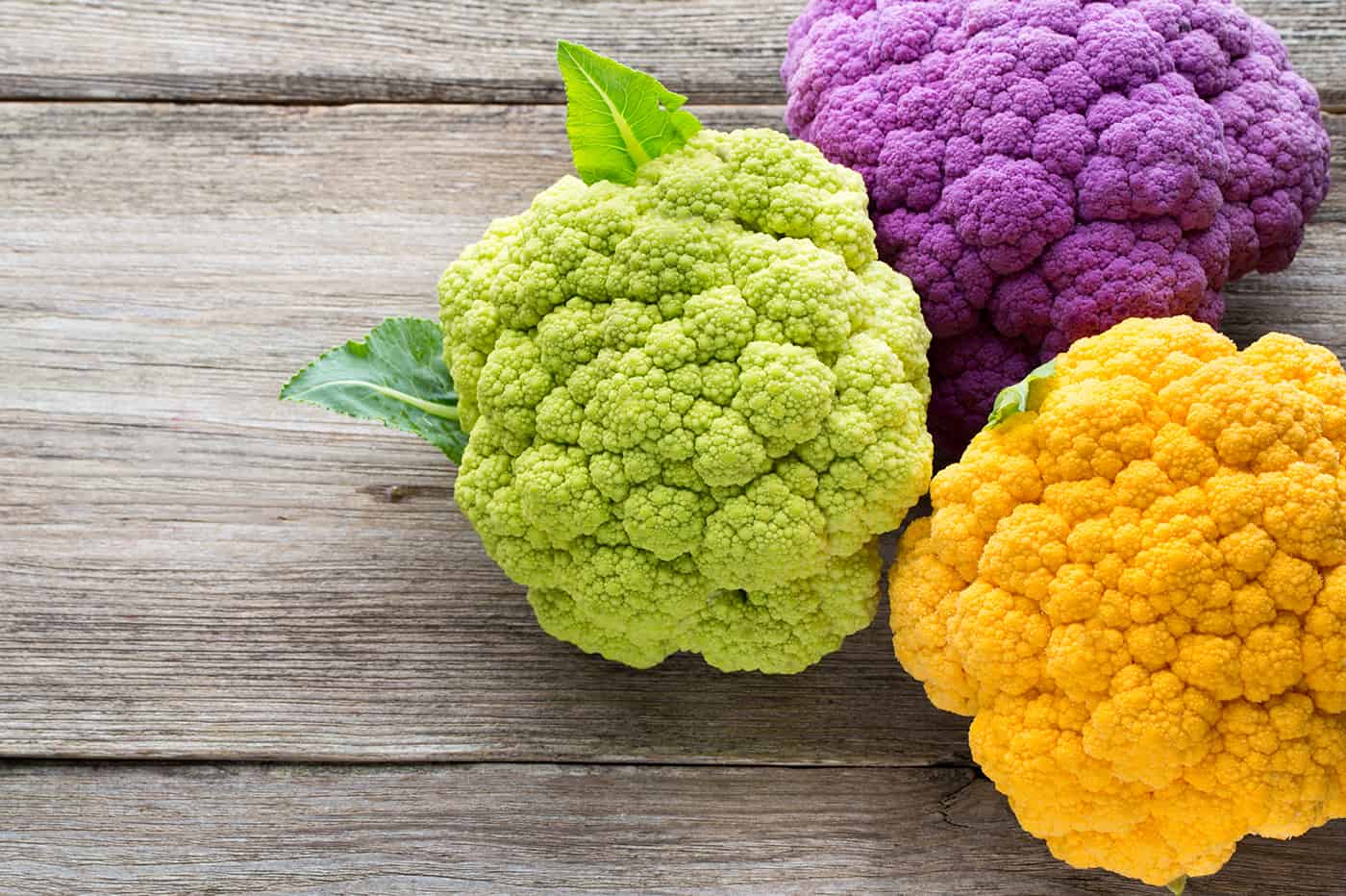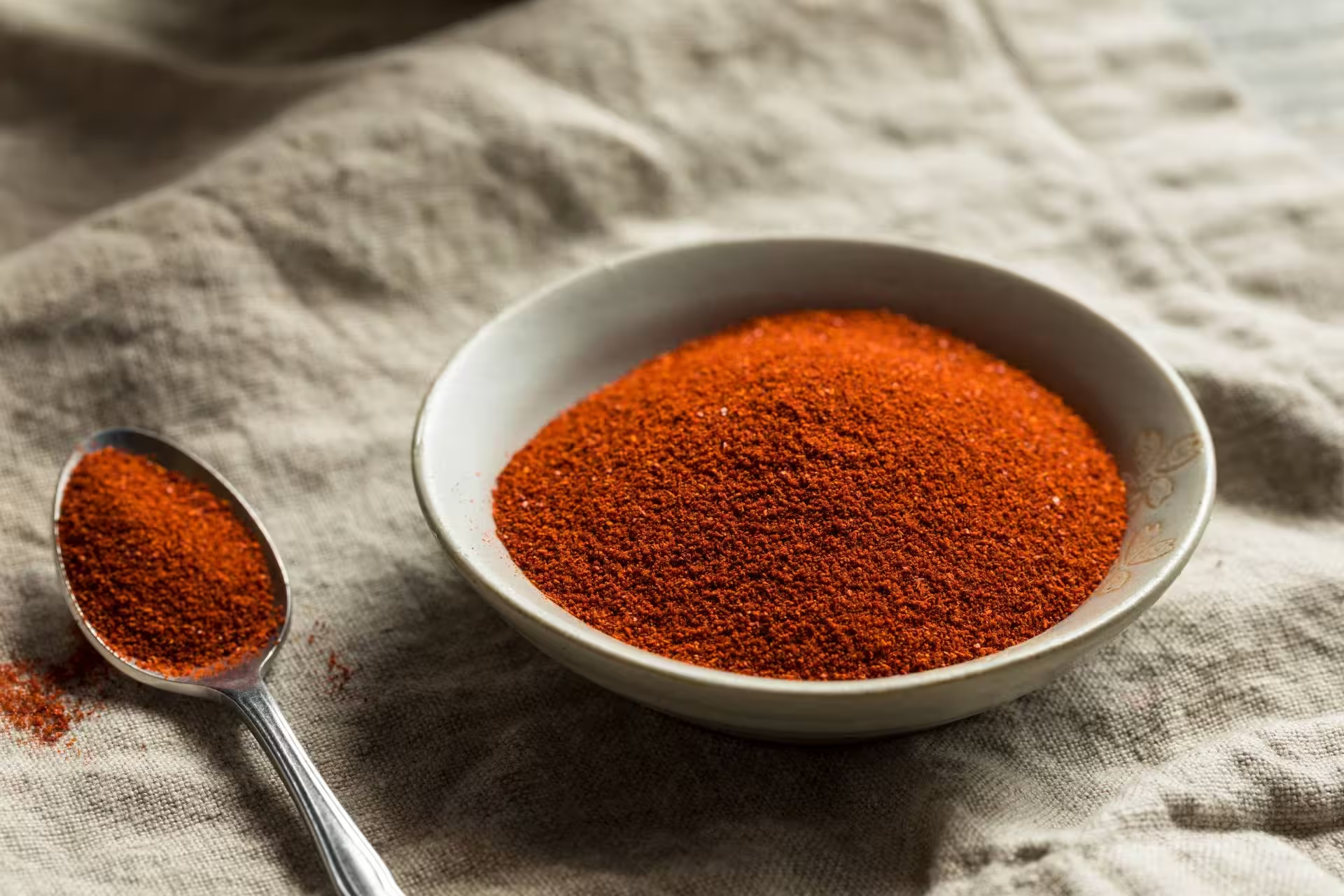When it comes to adding flavor to your dishes, basil sauce is a versatile and delicious option. This aromatic sauce is made from fresh basil leaves and a few other simple ingredients, resulting in a vibrant and flavorful addition to a wide variety of dishes. Whether you're a seasoned chef or just starting out in the kitchen, understanding the basics of basil sauce can elevate your culinary creations to new heights.
The Origins of Basil Sauce
Basil sauce, also known as pesto, has its origins in Italian cuisine. The word "pesto" comes from the Italian word "pestare," which means to pound or crush. Traditionally, pesto was made by grinding together fresh basil, garlic, pine nuts, Parmesan cheese, and olive oil using a mortar and pestle. This method allowed the ingredients to meld together while maintaining their individual flavors and textures.
Key Ingredients
The key ingredients in basil sauce include:
- Fresh Basil Leaves: The star of the show, fresh basil leaves provide the sauce with its vibrant green color and distinctive flavor.
- Garlic: Adding a pungent and aromatic element, garlic complements the basil and adds depth to the sauce.
- Pine Nuts: These small, buttery nuts contribute a rich and nutty flavor to the sauce.
- Parmesan Cheese: Aged Parmesan cheese brings a salty and savory note to the sauce, enhancing its overall complexity.
- Olive Oil: Serving as the base of the sauce, high-quality olive oil binds the ingredients together and provides a smooth, luscious texture.
Versatile Uses
Basil sauce can be used in a variety of ways to enhance your culinary creations. Some popular uses include:
- Pasta: Tossing freshly cooked pasta in basil sauce creates a simple yet flavorful dish that's perfect for a quick weeknight meal.
- Sandwiches: Spread basil sauce on sandwiches or wraps to add a burst of fresh flavor to your lunchtime fare.
- Salads: Drizzle basil sauce over salads or use it as a dressing to infuse your greens with a vibrant, herbaceous taste.
- Grilled Meats and Seafood: Use basil sauce as a marinade or finishing sauce for grilled meats and seafood to add a pop of flavor.
Making Basil Sauce at Home
Creating your own basil sauce at home is a straightforward process that allows you to customize the flavors to your liking. Here's a simple recipe to get you started:
Ingredients:
- 2 cups fresh basil leaves
- 2 cloves garlic
- 1/4 cup pine nuts
- 1/2 cup grated Parmesan cheese
- 1/2 cup extra virgin olive oil
- Salt and pepper to taste
Instructions:
- In a food processor, combine the basil, garlic, and pine nuts. Pulse until finely chopped.
- Add the Parmesan cheese and pulse again to combine.
- With the food processor running, slowly drizzle in the olive oil until the mixture is smooth and well blended.
- Season with salt and pepper to taste.
Storing Basil Sauce
If you have leftover basil sauce, you can store it in an airtight container in the refrigerator for up to a week. For longer-term storage, consider freezing the sauce in ice cube trays and transferring the frozen cubes to a resealable plastic bag. This allows you to portion out the sauce as needed for future use.
In Conclusion
Basil sauce is a delightful and versatile addition to any kitchen. Its fresh, herbaceous flavor can elevate a wide range of dishes, making it a valuable staple for home cooks and professional chefs alike. Whether you're using it as a pasta sauce, a sandwich spread, or a marinade, basil sauce brings a burst of vibrant flavor to every bite. So, the next time you're looking to add a touch of freshness to your cooking, consider reaching for a batch of homemade basil sauce.
Was this page helpful?
Read Next: What Is Aloe Vera Juice?
